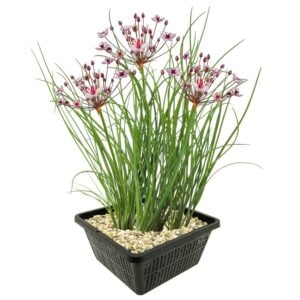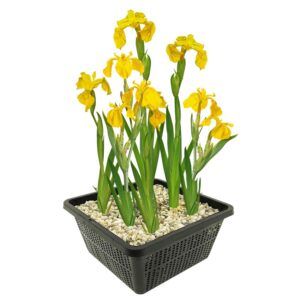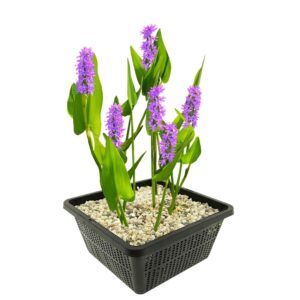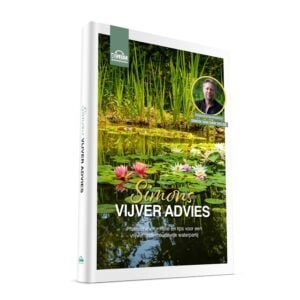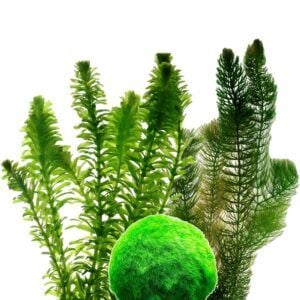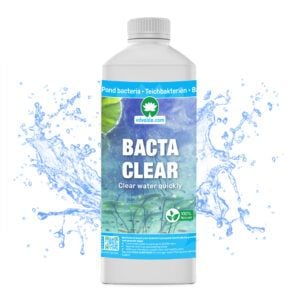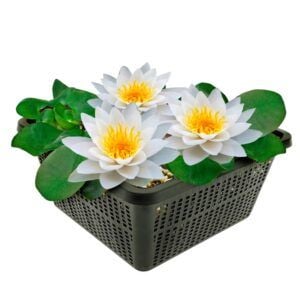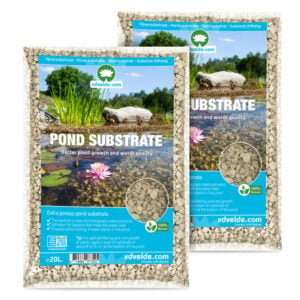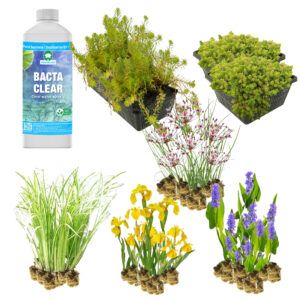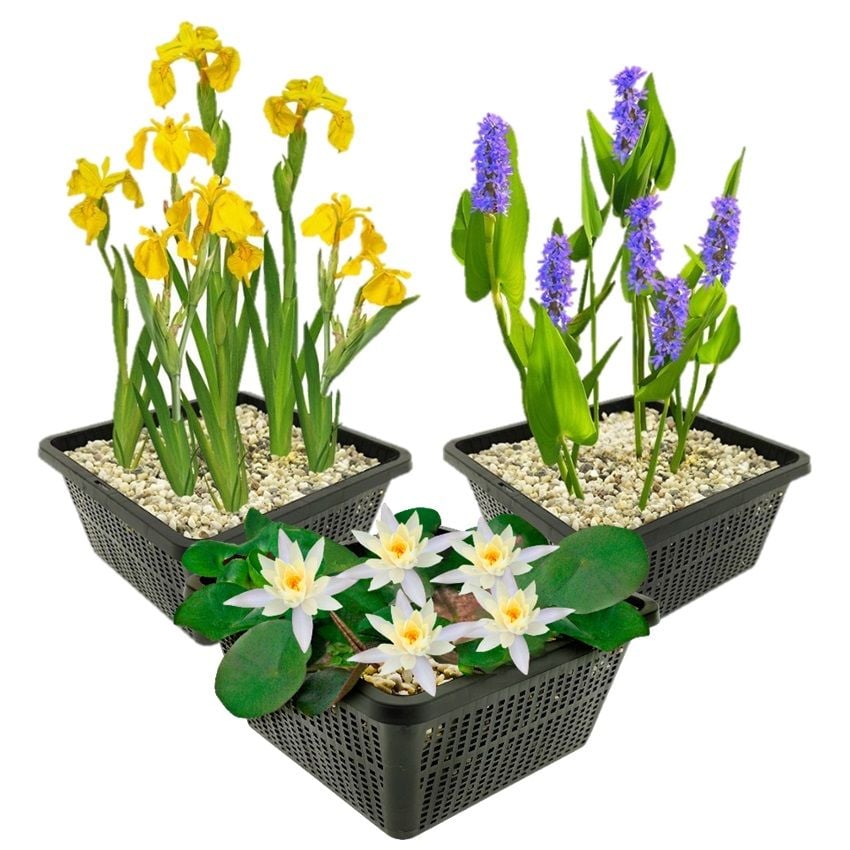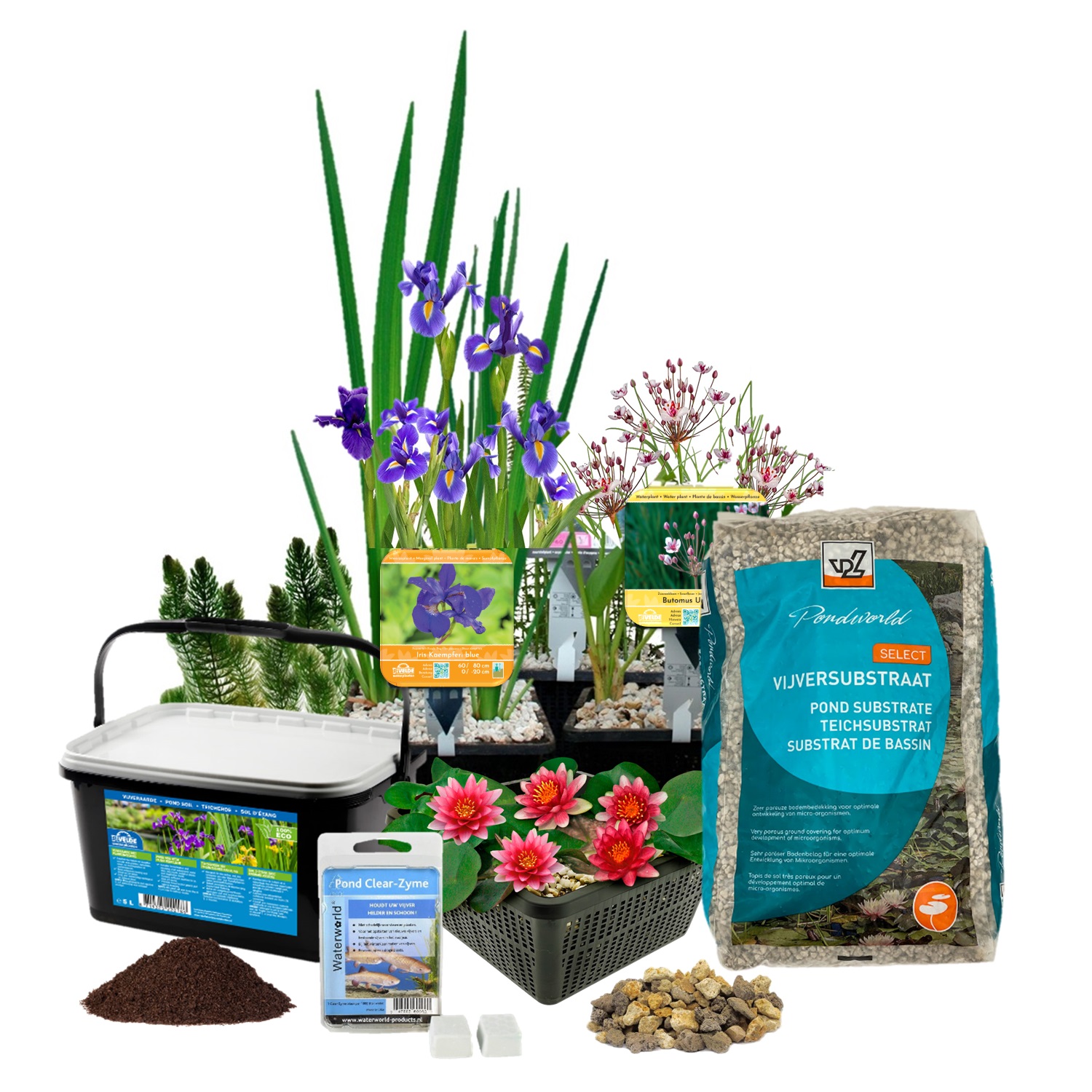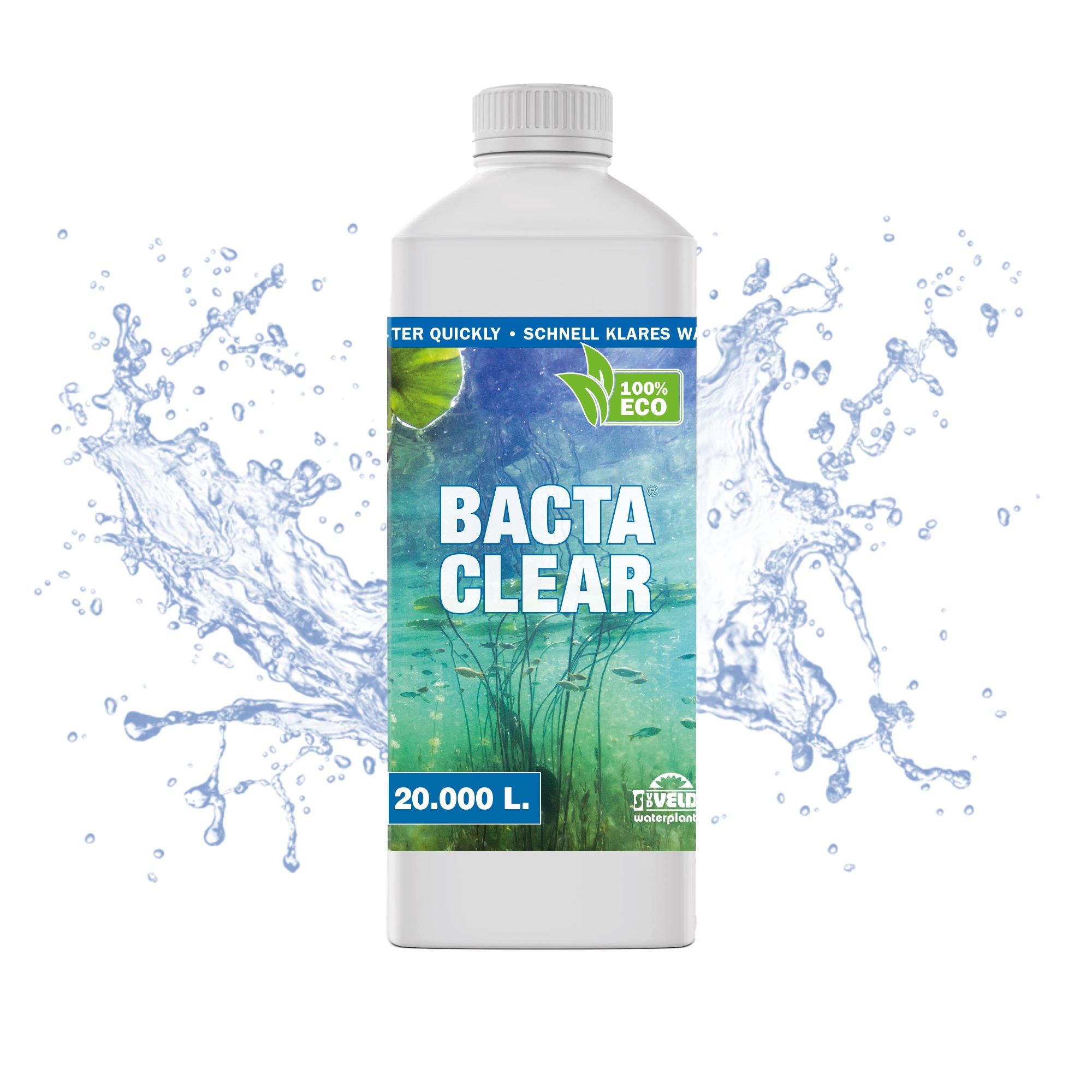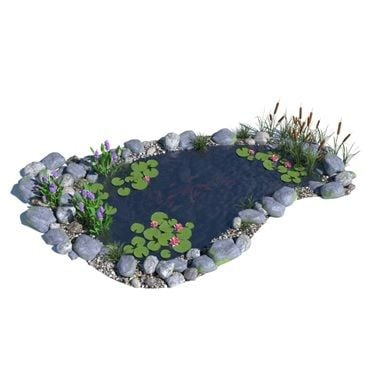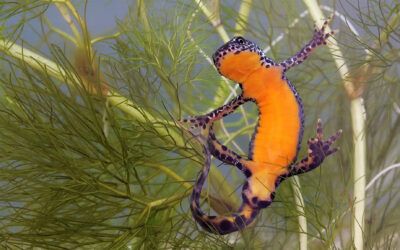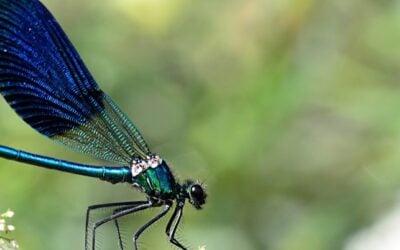
I hope you enjoy reading this blog.
Damselflies and dragonflies | Colorful insects in and around the pond
Dragonflies and damselflies, everyone knows these two insects, but what exactly are the differences between the two and what is the use of these insects in your pond? Read on and learn all about these two colorful insects!
All about the dragonfly and damselfly
- What is the difference between a dragonfly and a damselfly?
- Dragonfly and damselfly species in the Netherlands
- What is the use of the dragonfly and damselfly?
- What do these insects prefer to eat?

Tips, advice and substantial savings
What is the difference between a dragonfly and a damselfly?
Although dragonflies and damselflies are often confused because of their similarity, there are also differences between these two insects. Dragonflies are generally larger than damselflies and have a larger wingspan and a longer body. When resting, dragonflies keep their wings outstretched, while damselflies fold their wings against their bodies. The eyes of dragonflies are larger and more widely spaced than those of damselflies, which have smaller and more closely spaced eyes. Dragonflies have a more robust body with a broader chest, while damselflies have a slimmer body. Dragonflies often fly faster and straight ahead, while damselflies often fly slower and have a twitching flight.

Which pond plants attract dragonflies and damselflies?
Native Sumpfpflanzen are well liked by these insects. The pond plants that they often have an immediate eye for are the: Swanflowers (Butomus Umbellatus) and the Iris (Lis). This is because the aquatic plants have large colorful flowers that damselflies and dragonflies are attracted to.
Sumpfpflanzen attract dragonflies and damselflies
Sumpfpflanzen with large flowers and bright colors immediately catch the eye of dragonflies and damselflies, as they are naturally attracted to these pond plants, so if you want to attract these insects to your pond, choose Sumpfpflanzen. - Simon
Shop our Sumpfpflanzen delivered directly from our own nursery
Dragonfly and damselfly species in the Netherlands
There are about 70 species of dragonflies and damselflies in the Netherlands, some of which are rare and some of which are common. Here are some common species you may encounter in the Netherlands:
- Common bank dragonfly (Orthetrum cancellatum): This is one of the most common dragonflies in the Netherlands and is often seen near water in open areas.
- Horse Biter (Aeshna mixta): Another large dragonfly species that is common in the Netherlands and can be found near standing water. Males are blue and females are green.
- Azure damselfly (Coenagrion puella): This is a small species of dragonfly that can be found near flowing water, such as streams and small rivers. Males are colored blue and females are green.
These are just a few examples of common dragonfly and damselfly species in the Netherlands.
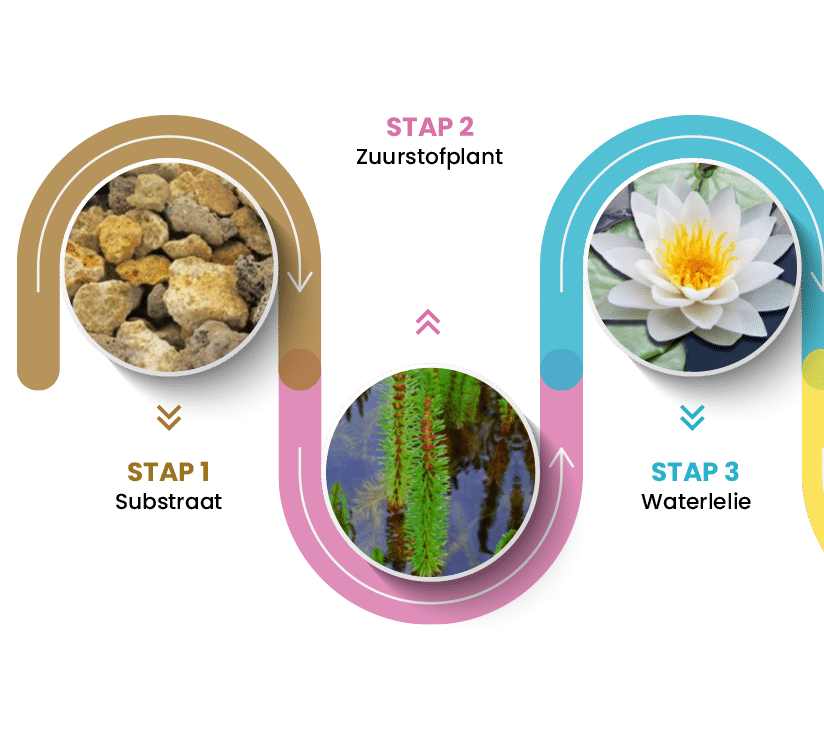
Want a naturally clear pond?
A beautiful pond is easier than you think.
What is the use of the dragonfly and damselfly?
Dragonflies are an important link in the ecosystem. They help control pests such as mosquitoes, they pollinate flowers, are a food source for other aquatic animals such as pond fish and provide information about water quality and water values. In addition, they have aesthetic value and are popular with nature lovers and photographers because of their colors and flight patterns. Like dragonflies, damselflies can be useful at a pond because they help reduce the mosquito population by using mosquito larvae as food. In addition, they are a nice addition to the pond's biodiversity and can help pollinate nearby flowers.

What do these insects prefer to eat?
Dragonflies and damselflies are similar in their diet. They both like flying small insects such as moths, flies and mosquitoes. The critters can eat sitting down, but eating flying is not a problem either. This is useful because they need to be able to fly away quickly in the event of danger.
Frequently asked questions about Dragonflies and damselflies
Dragonflies are unable to sting or bite because they simply do not have the necessary tools, such as a sting. Instead, dragonflies have jaws that allow them to chew up insects. Although these jaws are present in most species, they are often too weak to penetrate human skin.
The life span of damselfly varies greatly among species. Typically, adult damselflies live a few weeks to several months. Their life begins as an egg in or near water, hatched into a larva that develops underwater. Over time, the larva emerges from the water as adult damselflies, whose lifespan depends on several factors. Some species live only a few weeks, while others can live for several months.
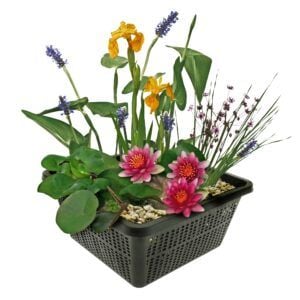

Simon van der Velde
Pond specialist and aquatic plant grower since 1986
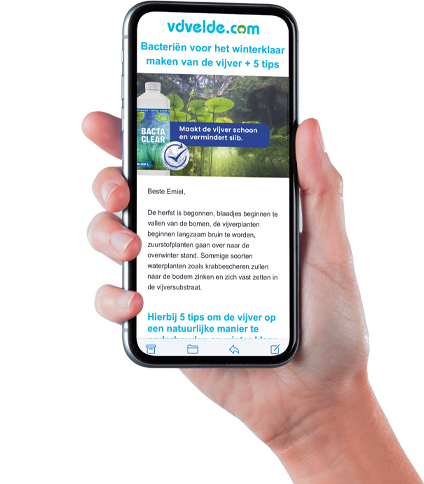
Want to receive the best pond tips all year long, complete with exclusive promotions?
Simons Pond Advice Book
- Choose your language of the book
- Complete pond handbook
- 100+ pages from construction to maintenance
Loose Oxygen Plants Set
- For 500 - 1,000 liters of water
- 16 plants
- Placement: loose in the water
BACTA CLEAR
- For 1,000 to 20,000 L
- 100% eco: clear water fast
- Safe for humans, plants & animals
White Water Lily - Nymphaea Albatross
- Large water lily
- Full-grown height: 10 cm
- Placement: -10 to -100 cm
Complete Pond Package - Small - Red
- For 100 - 500 L
- 19 plants + extras
- Placement: -1 to -100 cm
POND SUBSTRATE Pond substrate - 40 liters
- 40 L covers 1 m² ↥ 10 cm
- Heavy duty quality for the best filtration
- Extra porous: optimal plant growth
Mini Water Lily - Red - Nymphaea Pygmaea Rubra
- Small water lily
- Full-grown height: 5 cm
- Placement: -10 to -40 cm
Complete Pond Package - Medium
- For 500 - 1.500 L
- 36 plants + extras
- Placement: -1 to -100 cm
Complete Plant Filter Pond Package - M
- For 3 - 4 m²
- 84 plants
- Placement: -1 to -20 cm


